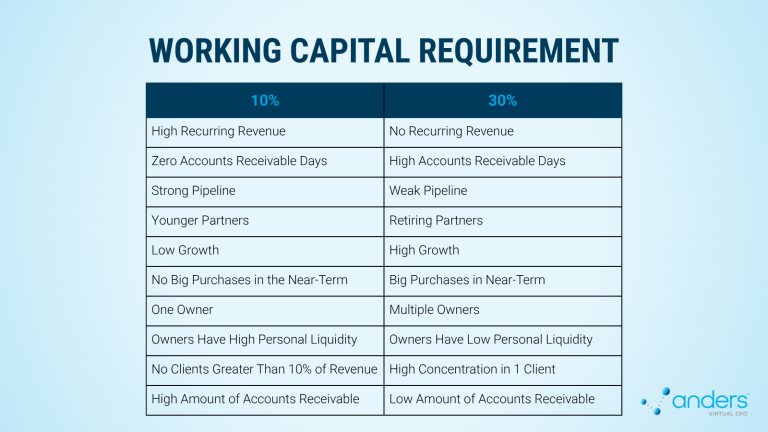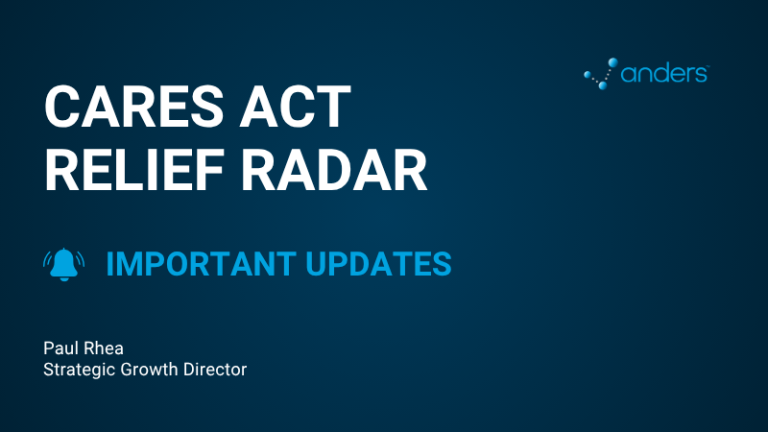A key part of the Coronavirus Aid Relief and Economic Security (CARES) Act, the Paycheck Protection Program (PPP) authorized banks to provide low interest rate loans to businesses with a guarantee from the Small Business Administration. Best of all, PPP loans may be eligible for tax-free forgiveness if the proceeds are used for certain approved expenditures. This raises questions about how to present PPP loans in year-end financial statements and how to treat a loan that was forgiven. While U.S. GAAP does not provide specific guidance for PPP loans, there are a couple of options available for reporting the PPP loan on financial statements.
Option 1: FASB ASC 470: Debt
Under this option, entities record the loan as a liability on the balance sheet and interest is recorded as it would be with any other financing arrangement. After the company has applied for loan forgiveness and has been legally released from the debt, the company will record a gain on extinguishment of debt. This gain should be recorded as an extraordinary item and excluded from operating income.
Option 2: FASB ASC 450-30: Gain Contingency
Under ASC 450-30, the earnings impact is recognized when all contingencies have been met and the gain related to the forgiveness of the PPP loan is realized or realizable for nongovernmental entities. The proceeds from the loan are initially recorded as a liability until the proceeds are realized or realizable. Once they are realized or realizable, the earnings impact is recorded. There is less specific on guidance on this method than ASC 470, and it is generally not preferred.
Financial Statement Disclosures
Disclosures under ASC 470 will be similar to traditional debt disclosures. Under ASC 450-30, there are no specific disclosure requirements. It’s important to note that material PPP loans should adequately disclose all key terms of the loan in the notes to the financial statements.
Which guidance to follow on presentation of the loan is ultimately up to management of the company. The PPP loan should be presented on the company’s balance sheet and after it is forgiven, it will need to be recognized outside of operations as other income or as a gain on loan forgiveness.
Our advisors are closely following COVID-19 relief efforts and will continue to publish insights to keep you informed on our COVID-19 Resource Center. Tune in to our video series PPP with Paul and Dan to learn more about the Paycheck Protection Program.
To discuss how we can best assist you and the associated fees, contact an Anders advisor below.






